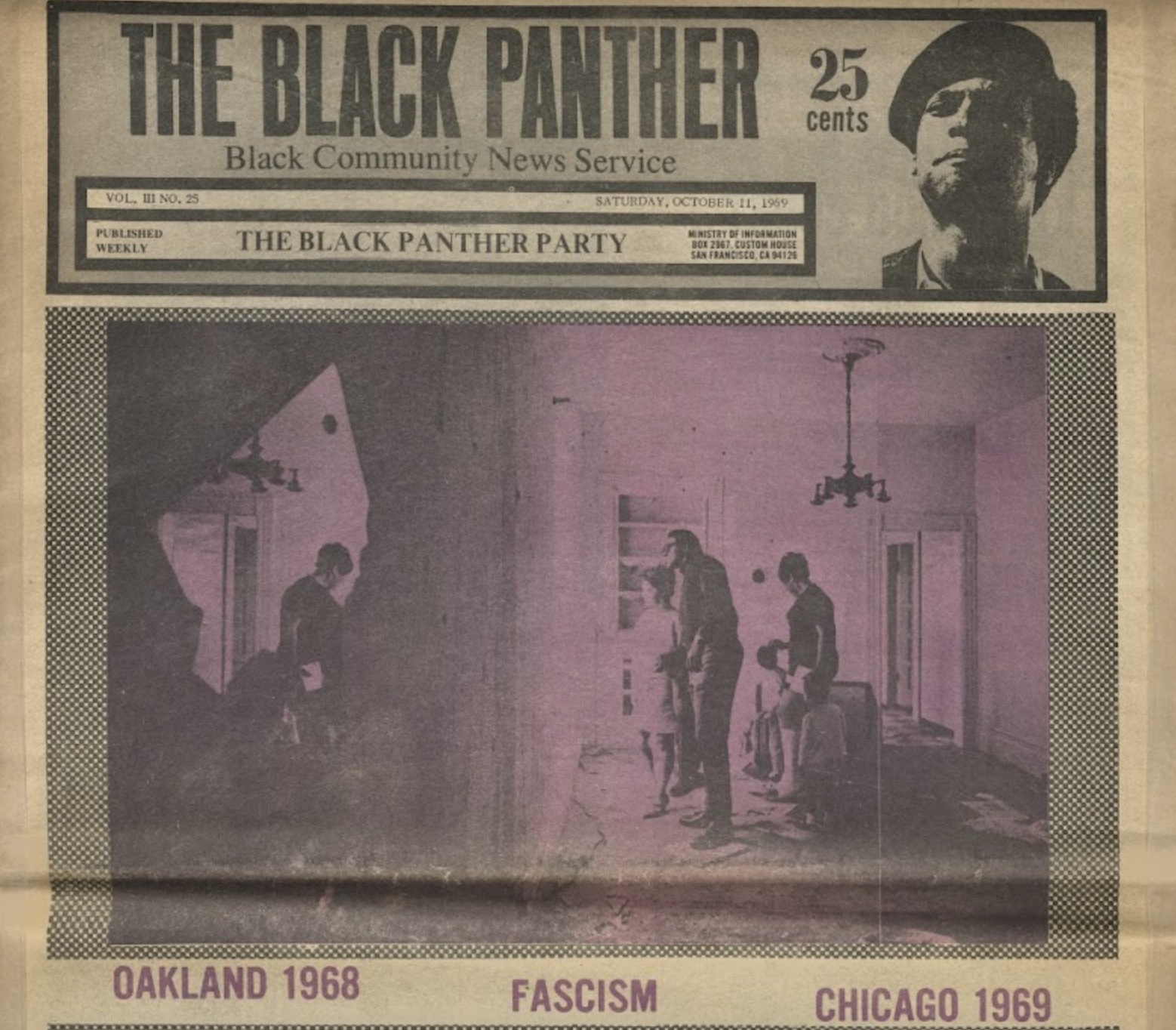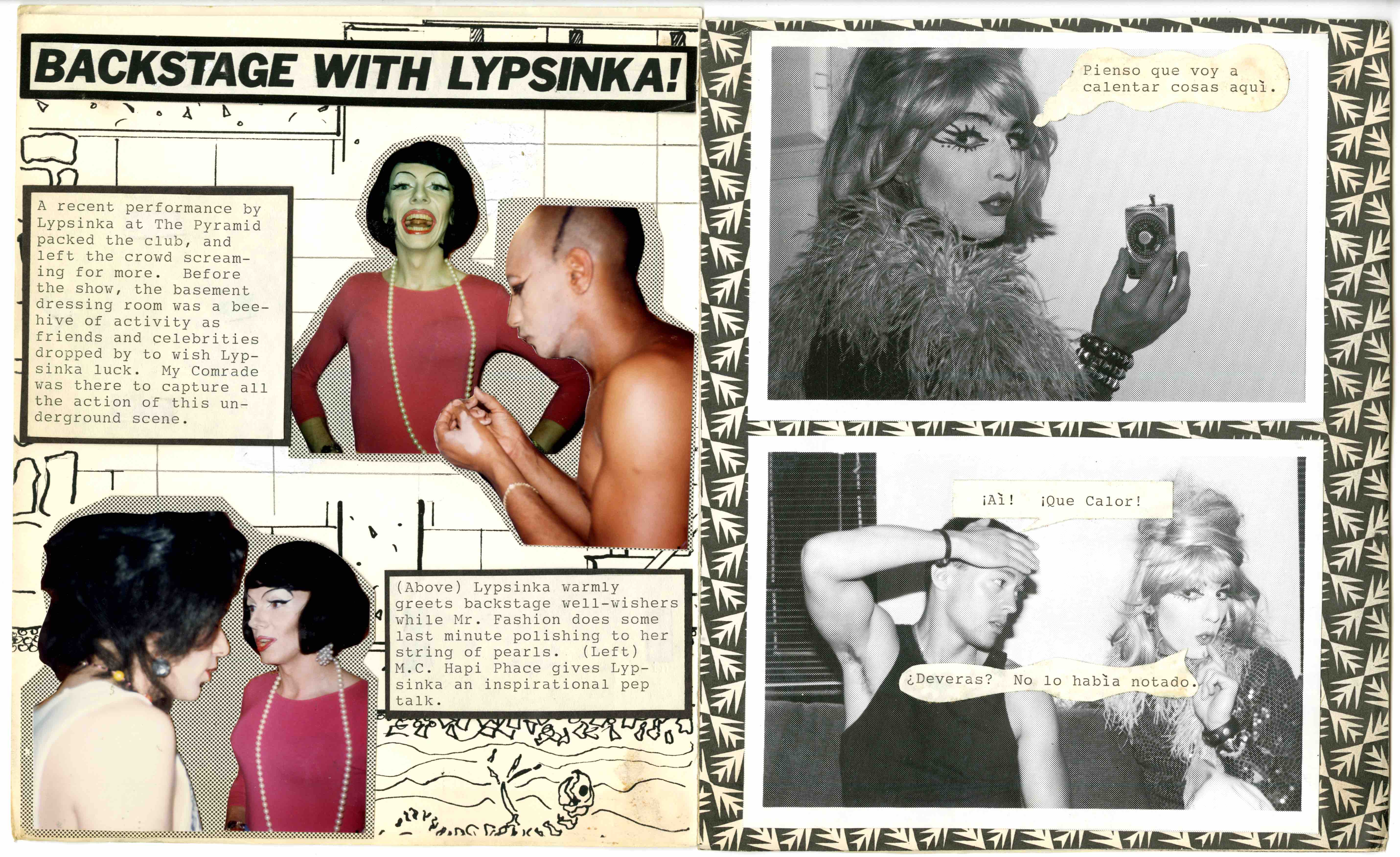Austen, Whitman, Woolf all self-published? That’s right. In Do It Yourself! Self-Publishing from Letterpress to LaserJet, a new exhibition at Harvard’s Houghton Library, “self-publishing” is deconstructed, offering a more encompassing view of the practice.
Curated by Houghton librarians Kristine Greive, head of teaching and learning, and Christine Jacobson, assistant curator of modern books and manuscripts, the exhibition surveys the methods used to self-publish, including, among others, the letterpress, the typewriter, the mimeograph, and digital platforms. It also tackles the stigma associated with self-publishing by celebrating its long history and the various considerations for choosing to DIY.
“We are really hoping to challenge people’s perception of self-publishing, but also by pairing really well-known creators and authors like Whitman and Austen with some lesser-known creators that we can surface some of these interesting shared motivations,” said Jacobson. “What do the editors of Bitch magazine have in common with Beatrix Potter? They both didn’t see the kind of work they wanted represented in the publishing world being produced so they decided to do it themselves.”
Evading censorship, bypassing traditional gatekeepers, and maintaining creative control are common reasons to self-publish. Producing books or art for a community, specifically for groups united by culture, politics, or identity, is another impetus to take a non-traditional path.
“There’s just not as much discussion of self-publishing as a broad phenomenon as we wish there was,” said Greive. “There’s a lot of discussion of more specific traditions or of contemporary e-book and print-on-demand publishing, but we wanted to encourage people to look at it as something bigger and to connect the dots between creators who are situated in really different times and places and contexts but are united by choosing this method to produce their work.”
Self-published works on view include printer William Morris’ Poems by the Way with its bespoke typeface and handmade binding and Beatrix Potter’s “unpublishable” and oft-rejected Tale of Peter Rabbit, which she first published privately at her own expense. Emily Dickinson and Virginia Woolf are also spotlighted. Contemporary examples include Joanna Harcourt-Smith’s print-on-demand memoir recounting her romantic relationship with Timothy Leary and underground publications like The Black Panther News and the gay zine My Comrade.



















